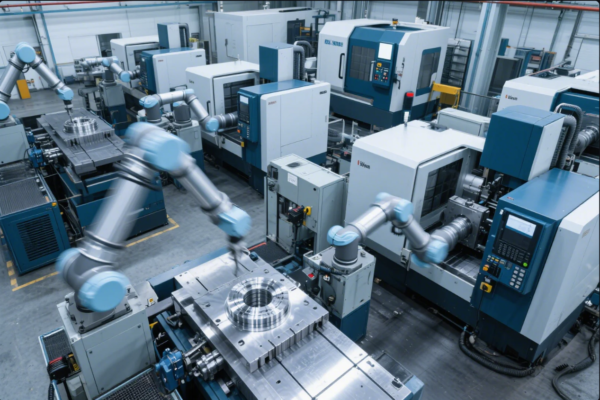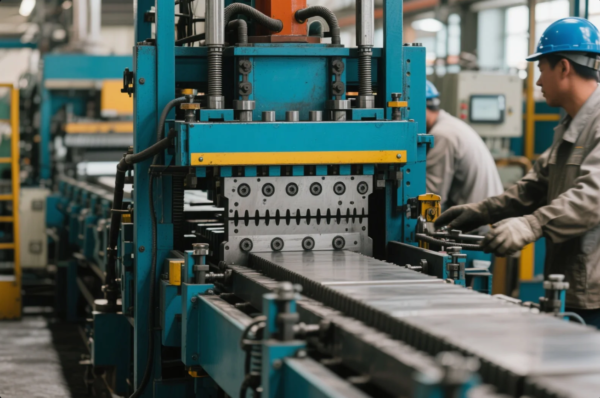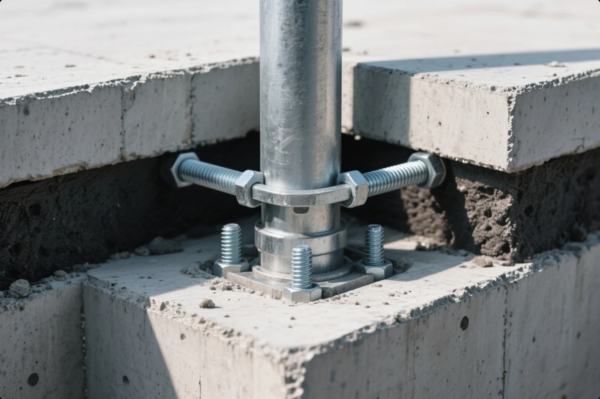What Are Structures?
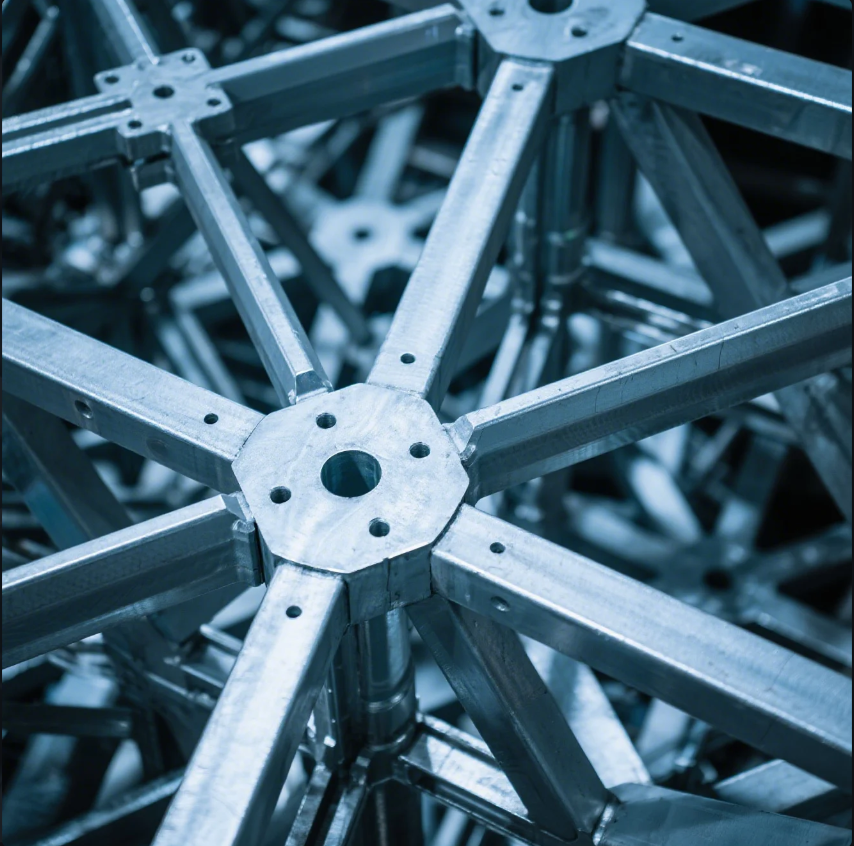
In various fields such as construction, engineering, biology, and even business, the term structure refers to any system that provides stability, support, and organization. Whether we are talking about a building, a machine, or an organization, understanding the role of structures helps us create functional, safe, and effective systems. In this article, we’ll define what structures are, explore examples, and discuss the different types that exist across different industries.
Snippet paragraph:
A structure is any system designed to provide support and organization. Let’s explore what structures are, how they function, and the different types used in various fields.
Transition paragraph:
Let's dive into the definition of a structure, examine real-world examples, and break down the various types to see how they are applied across different domains.
What Are Examples of Structures?

Structures can be found everywhere in both physical and conceptual systems. A structure typically supports and organizes components to ensure functionality, stability, and longevity. Below are a few examples of structures across different fields:
Snippet paragraph:
Structures come in many forms, from buildings to biological systems and organizational designs. Here are a few key examples.
Dive Deeper
-
Buildings: The most common example of a structure, buildings are designed to support human activities, protect occupants, and withstand forces like wind, earthquakes, and weight. Residential homes, office buildings, and skyscrapers all fall under this category.
-
Bridges: Bridges are physical structures designed to span obstacles like rivers or roads, carrying loads like vehicles and pedestrians. These structures are carefully engineered to withstand traffic loads and environmental pressures.
-
Biological Structures: In biology, structures are found in organisms, providing support and performing essential functions. Examples include bones (providing skeletal support), cells (basic structural units of life), and organs (like the heart, which performs critical functions in the body).
-
Organizational Structures: Beyond physical entities, structures are also used to organize systems. In business, an organizational structure defines the hierarchy of authority, roles, and responsibilities within a company.
-
Mechanical Structures: Machines and vehicles also have structural components. The frame or chassis of a car provides support, and gears or frames in machinery keep components aligned and functioning.
| Example Type | Function | Example |
|---|---|---|
| Buildings | Create living or working spaces | Residential homes, Skyscrapers |
| Bridges | Provide passage over obstacles | Suspension bridges, Overpasses |
| Biological Structures | Provide support and function within organisms | Cells, Bones, Organs |
| Organizational Structures | Define roles and communication in businesses | Corporate hierarchies |
| Mechanical Structures | Support the operation of machines or vehicles | Car frames, Machinery |
What Is the Definition of a Structure?
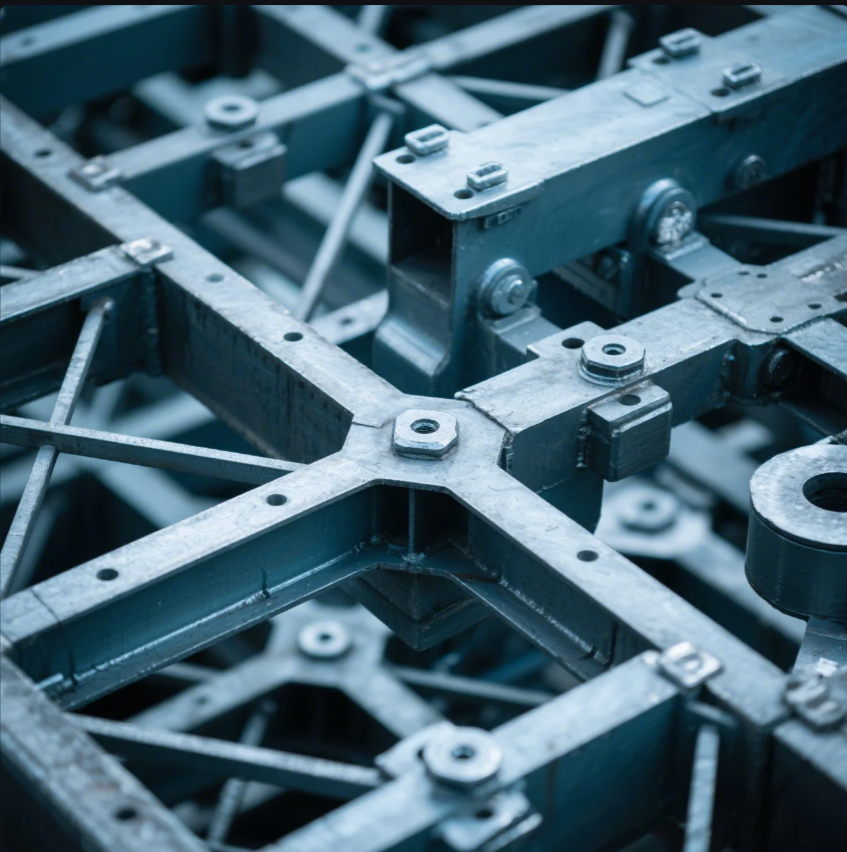
In its simplest form, a structure is an arrangement of parts or elements designed to support loads or perform a particular function. A structure could be physical—like a building or machine—or abstract—such as the organization of roles in a company or the arrangement of cells in the human body. In essence, structures ensure that different parts of a system work together efficiently and remain stable.
Snippet paragraph:
A structure is an organized system designed to bear loads and ensure functionality. Whether it’s a building, an organization, or a biological system, structures are essential for stability and performance.
Dive Deeper
Structures are the foundation of any system, whether physical or conceptual. They provide the necessary organization to ensure stability and proper function. Key characteristics of a structure include:
- Support: Ensures that the system can bear loads without collapsing.
- Organization: Ensures that components are arranged to work together efficiently.
- Durability: Structures are designed to endure forces or pressures over time, from buildings that resist weather to organizations that maintain performance under stress.
In buildings, structural components such as beams, columns, and foundations ensure the structure remains safe and durable over time. Similarly, in business, the organizational structure dictates how tasks and responsibilities are distributed to maintain smooth operations.
| Structure Type | Function | Example |
|---|---|---|
| Physical Structure | Provides support and stability | Buildings, Bridges |
| Organizational Structure | Defines roles and relationships within systems | Corporations, Teams |
| Biological Structure | Provides functionality and organization in living systems | Cells, Tissues, Organs |
What Are the 4 Types of Structures?
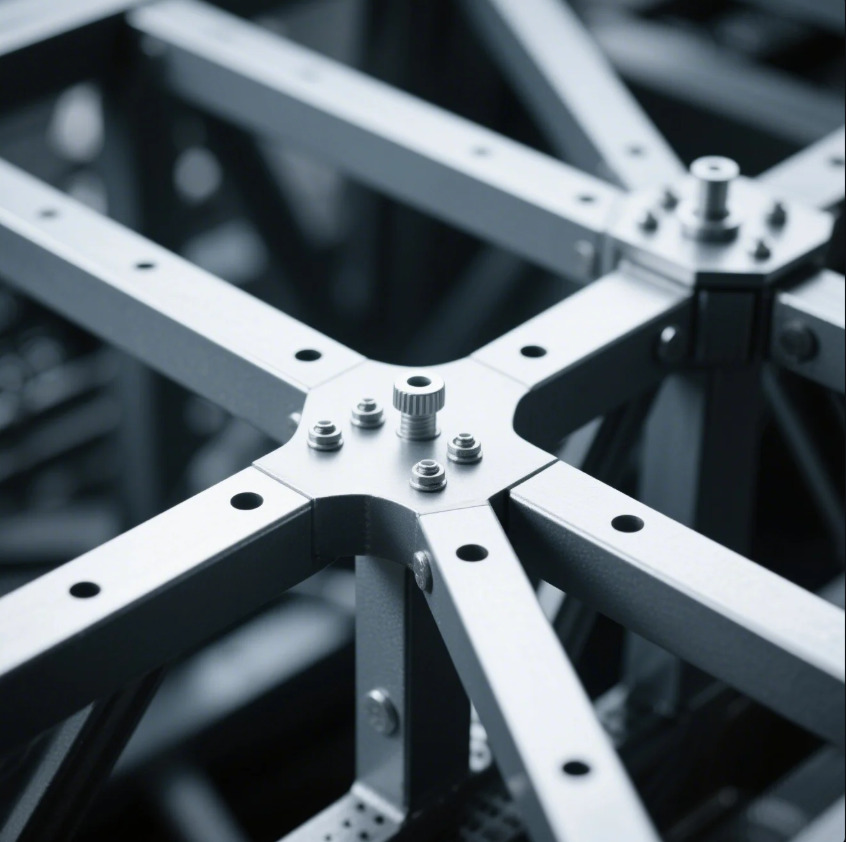
In construction and engineering, structures can be broadly classified into four types: load-bearing structures, frame structures, shell structures, and composite structures. Each type distributes loads and handles forces differently.
Snippet paragraph:
The four main types of structures—load-bearing, frame, shell, and composite—distribute forces in different ways to provide stability and strength.
Dive Deeper
-
Load-bearing Structures: These are structures where walls or supports directly bear the weight of the building. This type was commonly used in older buildings, where the walls themselves supported the entire structure. Examples include traditional brick houses.
-
Frame Structures: Frame structures rely on a skeleton of beams and columns to support the load. This is the most common type of structure in modern construction, allowing for more flexibility in design and open spaces. Steel-framed buildings and skyscrapers are prime examples.
-
Shell Structures: Shell structures use their shape to distribute loads evenly. This type of structure relies on curved surfaces, like domes or the fuselage of an aircraft, to carry loads. The curvature of the shell helps spread the load across the surface.
-
Composite Structures: Composite structures combine elements from multiple structural types, such as using a steel frame with a concrete foundation or a reinforced shell. These structures are designed to offer the best characteristics of different materials, optimizing performance and strength.
| Structure Type | Function | Example Applications |
|---|---|---|
| Load-bearing | Uses walls to support weight | Old homes, Small buildings |
| Frame | Uses beams and columns for structural support | Skyscrapers, Office buildings |
| Shell | Distributes load via curved shapes | Domes, Aircraft fuselages |
| Composite | Combines different structural elements for strength | Modern buildings, Stadiums |
What Are the 3 Types of Structures?
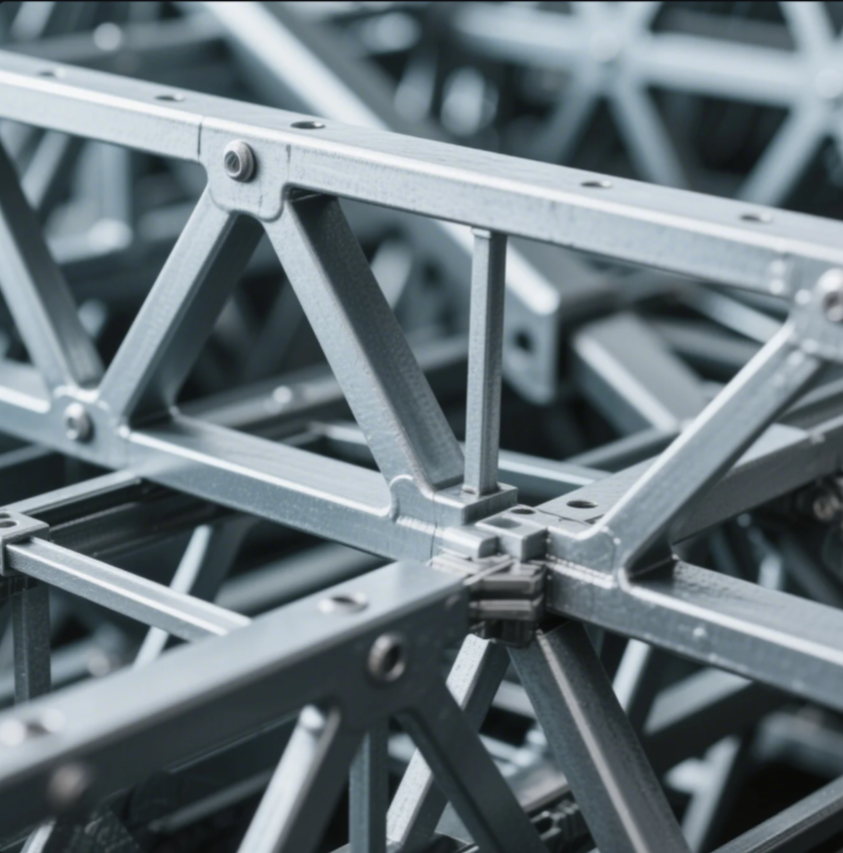
In another classification system, structures are often grouped into three basic types based on how forces are applied to and resisted by the structure: tension, compression, and bending.
Snippet paragraph:
The three basic structural types—tension, compression, and bending—describe how forces are distributed and resisted within the structure.
Dive Deeper
-
Tension Structures: These structures resist forces that pull or stretch components. Tension structures typically use materials such as cables or fabric, which are designed to withstand pulling forces. Examples include suspension bridges, tents, and cable-stayed bridges.
-
Compression Structures: Compression structures resist forces that push or compress them. Materials like concrete and steel are used because they perform well under compressive forces. Columns and arches are examples of compression structures.
-
Bending Structures: These structures resist bending or flexing. They are designed to handle forces that cause materials to bend. Beams, trusses, and certain types of frames are common examples of bending structures.
| Structural Type | Function | Example Applications |
|---|---|---|
| Tension | Resists pulling forces | Suspension bridges, Tents |
| Compression | Resists compressive forces | Columns, Arches |
| Bending | Resists bending or flexing forces | Beams, Bridge trusses |
Conclusion
In conclusion, structures are essential systems that provide support, organization, and functionality across various fields. From the load-bearing walls of a house to the tension-resistant cables of a bridge, structures ensure that systems can perform safely and efficiently under various stresses. Understanding the different types of structures—whether physical, organizational, or biological—helps us design and create systems that stand the test of time, from buildings to business frameworks.


